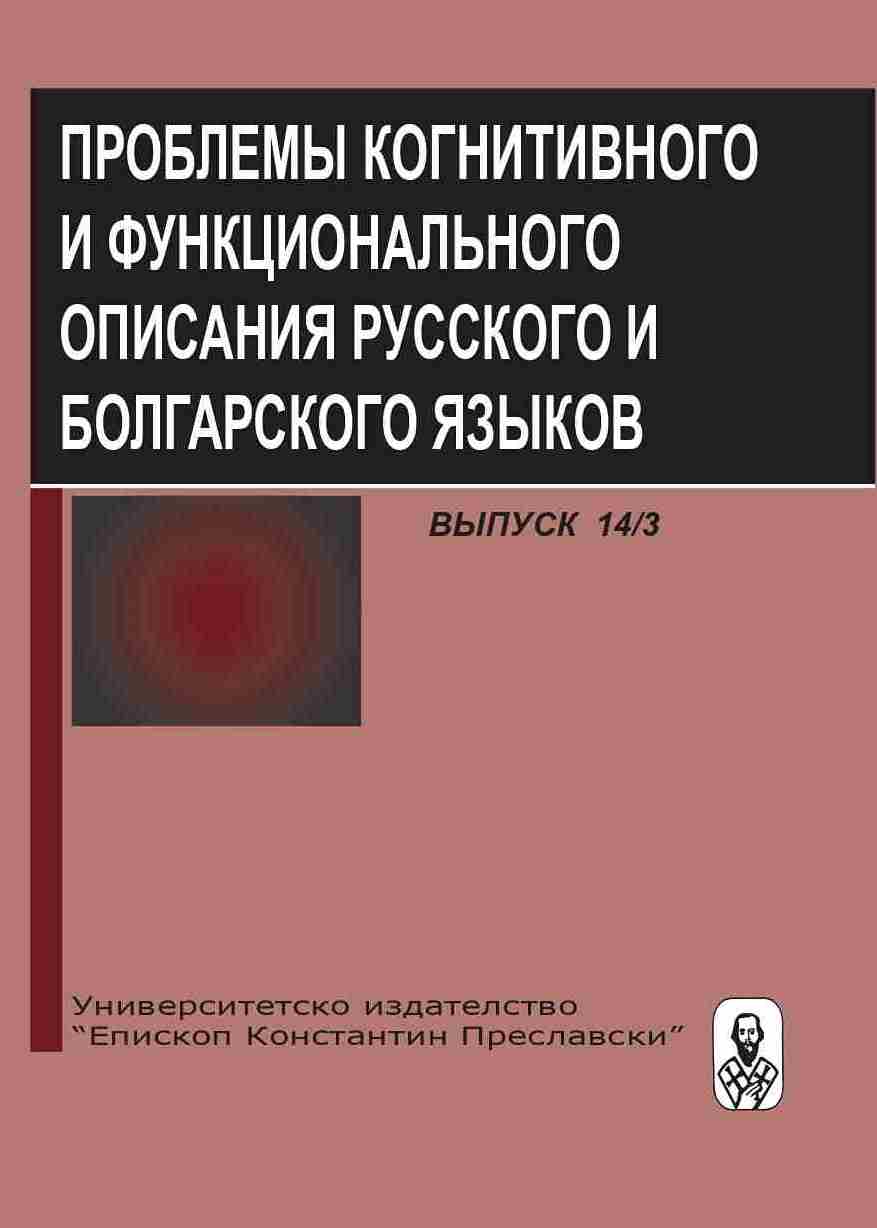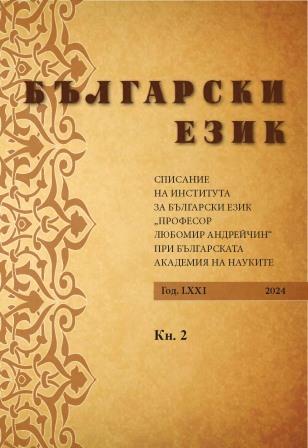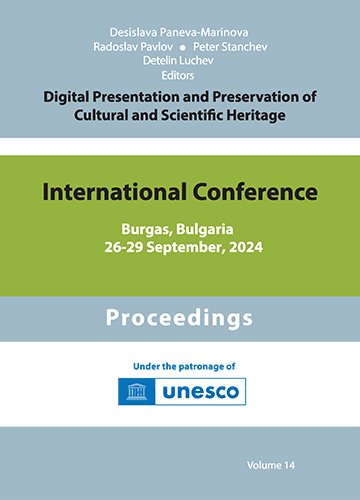
Актуальные жанры медиадискурса в обучении чтению на занятиях русского языка как иностранного
This article considers the most relevant genres of media discourse in the teaching RFL – the multimodal genres of text presented in the media, as the materials for teaching foreign students reading and conducting pedagogical diagnostic, also it presents the possible uses of these genres of text in the productive work of students.
More...



